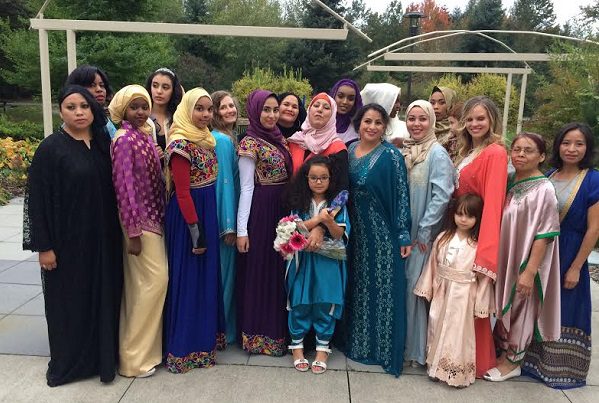 |
|
Don’t make a fuss over cloth (I will)
|
Just when you thought the debates over Muslim womens’ attire had been exhausted (we should be so lucky), a landmark ruling in Britain has brought it back to the forefront. Shabina Begum, 16, defied her school’s standard uniform for Muslims (a shalwaar kameez with optional hijab) when she felt a full length jilbab would be more appropriate. This week, a British high court ruled against the school for refusing to allow the more conservative attire. “The decision of Denbigh High School to prevent my adherence to my religion cannot unfortunately be viewed as merely a local decision taken in isolation,” said Begum, represented in the case by no less than Cherie Booth (wife of British Prime Minister Tony Blair).
However, the school in question, Denbigh High School in Luton (30 miles north of London) is no ordinary institution – 79 percent of its students are Muslim and the school’s headmistress Yasmin Bevan (herself a Bengali Muslim) instituted the policy after consultations with local Muslim organisations to promote consensus and uniformity among the school’s Muslims, a consensus that was challenged in court rather than through the community.
Public reaction was widely varied, both among Muslims and non-Muslims, ranging from concern that such girls may otherwise be doomed to ignorance to the railing against British secularism from Muslims abroad (never mind the court’s support for Begum). Other (non-Muslim) British columnists found fuel for their “tolerance of the intolerant,” reflecting a view among British non-Muslims that they have sought to accommodate Muslims without appreciation.
Hidden beneath the consensus argument are issues of culture and hierarchies of faith that threaten to cause tension between Muslim cultural groups (and concerns about extremist influence). “I’m very happy for Shabina, but I’m upset about the whole case,” says Fareena Alam, editor of the Muslim magazine Q News. “The jilbab is an Arab dress. It is completely wrong to suggest that the shalwar kameez is not [an Islamically] proper dress. And it is wrong that we have to compete with Arabs to be [considered] proper Muslims.”
Zahed Amanullah is associate editor of altmuslim.com. He is based in London, England.











